|
|
 |
|
|
Myths of the Polish Campaign
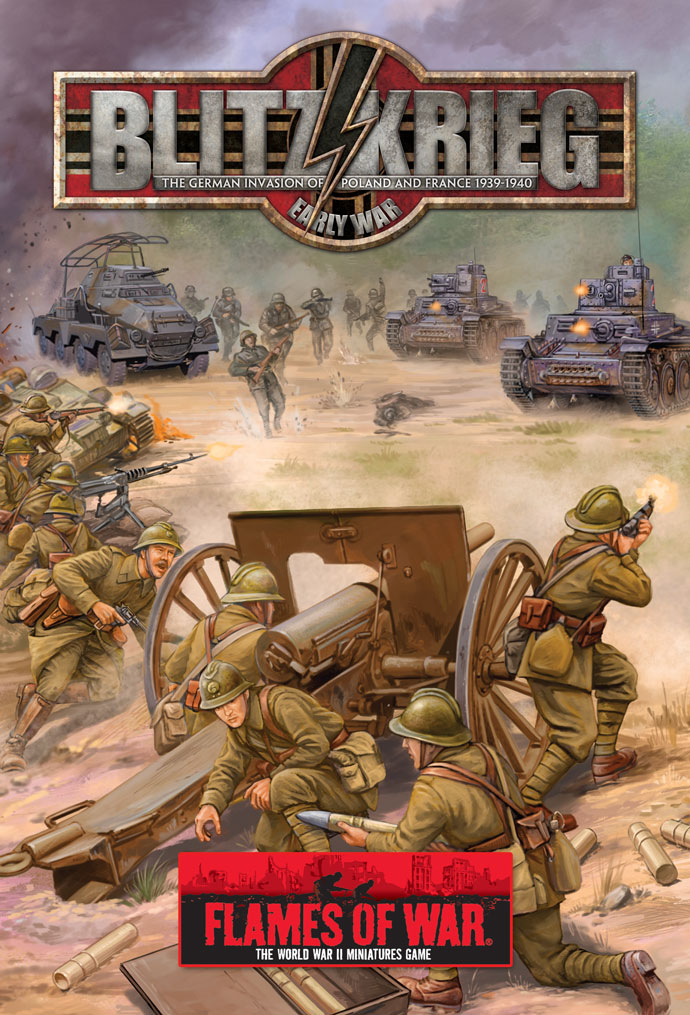
|
Myths of the Polish Campaign
by Heath Alexander
Such was the cleverness of the Nazi propaganda machine that a full seventy years after Fall Weiss, the invasion of Poland, many myths persist concerning the ineptitude of the defenders. While some of these misconceptions are the product of clever Nazi propaganda, others stem from assumptions made by Poland's erstwhile Allies, Great Britain and France, in an effort to rationalize not honouring pacts made in good faith with the Polish people.
|
Polish Cavalry Charged Panzers
Easily the most persistent myth of the invasion, Polish cavalry supposedly mounted heroically stupid lancer charges against German Panzers all across the countryside. This fiction is the product of a fortuitous German counterattack and the proximity of an Italian news crew. And yet, seventy years since, some armchair historians still relate the story of Polish cavalry breaking lances on Nazi armored fighting vehicles.
|
 |
| Poland’s leaders began the long trek towards mechanization in the late 1930’s; a rapidly rearming neighbour to the east hastened the process. In spite of this effort to modernize its army, Poland still employed eleven brigades of cavalry as mobile infantry, reconnaissance, and horse artillery troops. On the first day of the war, 1 September 1939, German infantry overran the Polish Border Guard south of Danzig. As the Poles began a withdrawal to their secondary defensive line on the Brda River, the 18th Pomeranian Uhlans Regiment moved south to cover the retreat. These cavalrymen happened upon a unit from Colonel Hans Gollnick’s 76th Infantry Regiment resting in a clearing of the Tuchola Forest. Led by the regimental commander, Colonel
Kazimierz Mastalerz, a sabre charge was ordered to sweep the invaders
from the forest. Most of the Nazis were killed in the assault but as
the Poles surveyed the field of battle, several German armored cars sped
into the clearing to counterattack. |
Machine-gun fire mowed down the
horsemen as they retreated towards the safety of the trees and a nearby
hill. Rarely reported in the accounts of the day, the Polish Cavalry
charge gave the advancing Germans pause and earned the 18th Pomeranians a
commendation.
So, how did this skirmish become such a
propaganda coup for the Germans? The Nazis recognized an opportunity
when they saw one and brought an Italian war correspondent to the site
and explained how the inept Poles charged the Panzers thinking they were the mock-ups allowed by the Versailles Treaty. Italian and German media ran the story and a myth was born. |
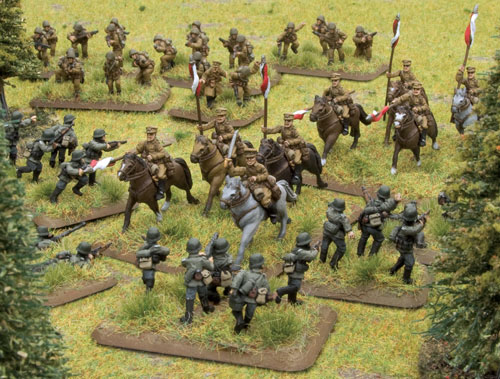 |
The Polish Air Force Was Destroyed On The Ground
Popular wisdom says the antiquated Polish Air Force was destroyed on the
ground by the vastly superior Luftwaffe. Popular wisdom is seldom
wise, it’s just popular. Several weeks before the invasion, the Polish
Air Force was relocated from front line airbases to secret airfields in
the countryside far from the German border. Polish authorities
recognized that their airmen would be outnumbered during the first days
of an impending attack and sought to save as many of their precious few
aircraft as they could. When the first Stukas wailed towards the main
Polish bases on 1 September, every fighter and bomber squadron was
safely tucked away from the danger. Many aircraft were destroyed on the
few first days but most were trainers and older, non-combat worthy
models. |
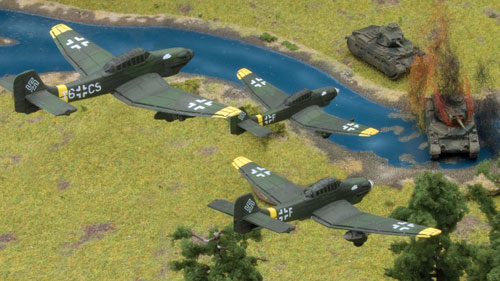 |
In contrast to most accepted versions of history, the Polish Air Force was ready and prepared to meet the threat posed by the Luftwaffe. A network of observation posts was setup around Poland to warn of air attacks and manned by the OPL, Obrona Przeciwlotnicza, a civil defence agency made up largely of boy scouts, mainly due to most of the service-age men being in the armed forces. These boy scouts were given priority access on phone lines connected to the Polish Intelligence Centre in Jaslo.
|
After demolishing the Polish airfields, Luftwaffe bombers were ordered to attack the cities and industrial centres around the country. Wladyslaw Gnys recorded the first Allied kills of the war when his unit, the 2nd Krakow Fighter Regiment, surprised a bomber mission headed for Krakow and chased them off before they could drop any bombs. Bombers attacking Warsaw for the first time met similar resistance and were turned back with the same results. Although faced with superior numbers and aircraft, Polish pilots were widely regarded as some of the best trained in the world. Such was the skill of the Polish aviator that they recorded 21 kills on the second day of the war despite flying aircraft that were 50-100mph slower and 15 years older than their adversaries. Successful tactics were cross-fed to other fighter squadrons and used to great effect against the Luftwaffe.
Polish bombers, lacking the targets for which they were intended, were pressed into service as close air support for the beleaguered Polish Army. In an attempt to stem the armored tide spilling across their border, Karas light bombers were used Stuka-style as dive-bombers to inflict heavy losses on the 4th Panzer Division during the first week of the war.
Germany sent nearly 2,000 aircraft across the Polish border on 1 September against less than 400 Polish planes. For seventeen days the Polish Air Force defended their skies to the fullest, scoring at least 160 kills according to Nazi numbers. When the situation finally became untenable, the remaining crews and planes were evacuated through Romania and Hungary to eventually fight on again in France and England.
|
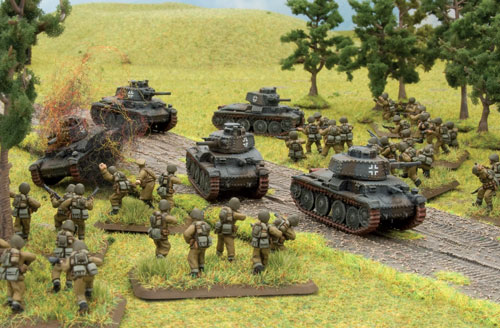
|
Poland Mobilized Its Army Too Late
Serious plans to defend the western border began in 1935 once the Poles realized the rapidly rising Nazis regime posed a greater immediate threat to their security than the Soviets. Throughout the mid and late 1930’s a combination of diplomacy and prudent military planning were seen as imperative to prepare for what the Poles saw as an inescapable conflict with Germany.
|
Diplomatically, Great Britain and France continually urged the Polish leadership not to aggravate Hitler by mobilizing significant ground forces despite reliable intelligence indicating over thirty German divisions stationed near the border. Even as Hitler began gobbling up his neighbours in central Europe, the Anschluss of Austria in 1938 and the annexation of Czechoslovakia in 1939, the French and English still urged Poland to maintain a subdued military posture. Paradoxically, Great Britain began mobilizing for war with Germany on 23 August 1939, while still urging the Poles to not provoke Hitler by preparing for a war barely a week away. Convinced that a Nazi invasion was imminent, and not wanting to be the latest offering on the altar of appeasement, Poland began the execution of plans drawn up in the mid 1930’s.
|
So as not to strain already tense relations with Germany, Poland concocted two different sets of mobilization plans. The first set, announced publicly for the world and especially Germany to see, contained the usual training exercises, manoeuvres and small scale reassignments that one would expect to see from a modern military power. Reservists were called up for summer duty, regular army troops drilled as needed and a small core of mechanized units began to take shape.
|
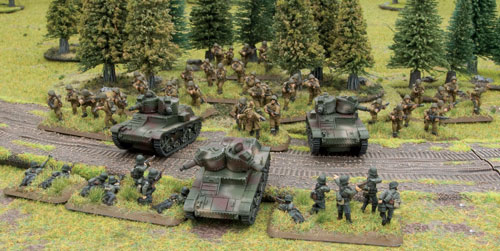 |
| The second set of orders, kept in secrecy so as not to arouse Nazi
suspicions, were to allow the Polish Armed Forces to fully transition to
a war footing within a matter of days. The largely reserve army would
receive post cards, colour-coded to indicate the time and place to
muster for duty should the need arise. This reliance on untested
reserve forces was to be greatly mitigated by the expert cavalry at
Poland’s disposal and the expected aid from her new allies, Great
Britain and France. It was assumed that any shooting war with Germany
would basically be a delaying action until British and French troops
crossed the Maginot Line. |
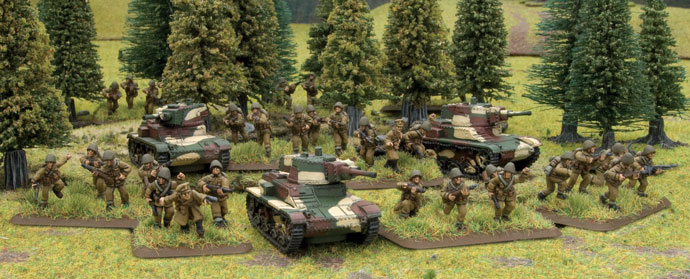 |
Poland Was Easily Defeated
The ease with which the Wehrmacht rolled over the Polish defenders has long been taken for granted in the annals of history. The success of the German Blitzkrieg in Poland would be held up as a model for the future of combined, mobile warfare.
|
| While the tactics employed were innovative in the sense that they had
never been executed on such a large scale before, the concept of
Blitzkrieg dated to the Great War. Couple these new tactics with
superior equipment and you’ve laid the ground work for a perception that
the Polish defenders were pushovers that couldn’t get out of the Nazis
way fast enough. Taken in the context of the greater war soon to come,
nothing could be farther from the truth. |
 |
The widely held assertion that poor Polish tactics or that the military didn’t have the heart for a protracted defence is inaccurate. Over a million and a half soldiers streamed across the border from Germany, Czechoslovakia, and East Prussia on 1 September against 950,000 Polish defenders. Outnumbered in manpower, modern equipment and tactics, the Polish Army gallantly faced 56 divisions organized into two Army Groups. For the first week of the invasion the Poles kept the German advance to a slow crawl as they bided their time waiting for their allies to invade Germany from the west. As time passed, it became apparent to the besieged Poles that help wasn’t coming from France or Great Britain so strategic retreats to the Vistula River were ordered to make Warsaw and the rest of the country more defensible. Once the front stabilized along the Vistula during the second week of September, the Polish Army began limited counterattacks towards the Romanian border to the south. Army Poznan managed to force several German divisions to retreat before reserves from the 8th Army were able to reinforce the sagging line. The campaign had slowed to an inexorable advance by the Nazis as the Poles tried to defend their capital and keep an army in the field long enough to assist the imminent French invasion from the west.
Unbeknownst to the Polish High Command, the imminent invasion would come from the east, not the west. Having concluded a secret pact with the Nazis to partition Poland between them, the Soviets marched across the border on 17 September. In what must have been a blow to Polish morale, although not their unshakable resolve, they initially thought the Red Army was coming to their aid. Stalin’s army quickly disabused the Poles of this notion and began to close the vice towards the Curzon Line, the prearranged demarcation line. Despite now fighting a two-front war the Poles still managed to maintain pockets of resistance until October 6th while evacuating over 100,000 soldiers to neighbouring countries to fight another day.
|
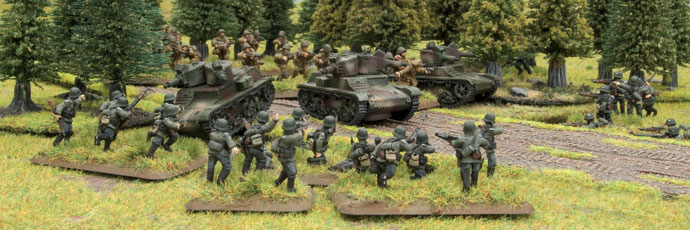
|
Consider the following when contemplating the speed and ease of the Polish Campaign: the Poles inflicted almost 50,000 casualties and destroyed nearly 1,000 armored fighting vehicles in 36 days of fighting; Belgium fell in 18 days while inflicting less than 200 casualties; Luxembourg stood less than 24 hours while The Netherlands held out for 4 days, neither inflicted serious casualties on the invaders. Perhaps the most telling comparison to be drawn is that of France. The combined Allied forces in France fielded an army of nearly 3,500,000 men against 3,600,000 Germans and managed to keep the Nazis at bay for 45 days, a mere nine days longer than the Polish Army.
No country has been so unfairly maligned for their performance in World War II than Poland. From the opening shots of the war in September 1939, till the declaration of peace in Europe in May of 1945, no nations’ people fought the Nazis longer or in more places than those of Poland. And yet, a full seven decades later, educated people still think that Polish cavalry was stupid enough to charge tanks with lances. Or that a country, who foresaw a war with Germany four years before the fact, didn’t think to safeguard their aircraft or mobilize their army. Most distressing of all is the assumption that the Polish people, who fought in every campaign, in every locale and helped liberate every western European country, just laid down as the Nazis and Soviets divvied up their country.
~ Heath.
|
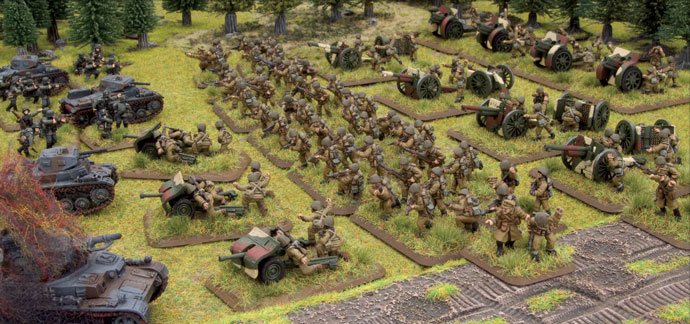 |
Want To Know More About Blitzkrieg?
Over the past few months we have added a massive range of articles
about Blitzkrieg to the website, to make it easier for people to find a
specific article we have put together this handy place.
Find out more about Blitzkrieg and Early-war here...
|
Last Updated On Monday, October 18, 2010 by Blake at Battlefront
|
|
|